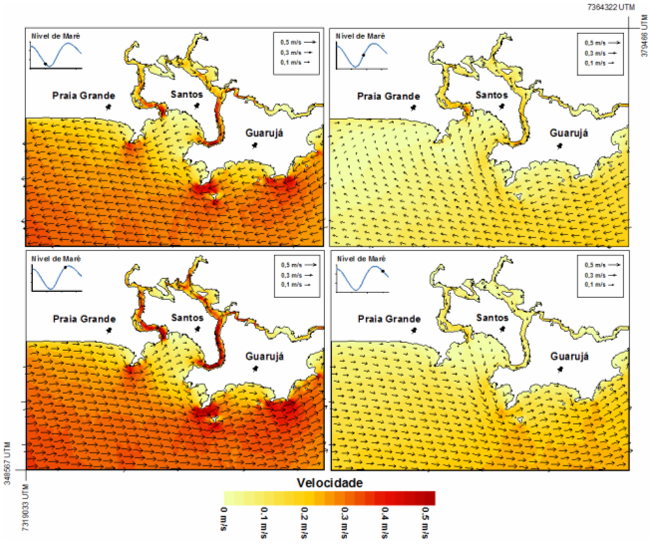Concentration of chlorhophyll-a and the limit of the photic zone in the Third River reservoir (Córdoba-Argentina), using images from CBERS-2B satellite
Keywords:
remote sensors, water resources, ACP
Abstract
The satellite images provided by remote sensors represent an important tool for monitoring, controlling and administering water resources. The aim of this work was to model the spatial distribution of the concentration of chlorhophyll-a and the limit of the photic zone in the Rio Tercero reservoir (Córdoba-Argentina), using images from CBERS-2B satellite and a geographical information system (SIG). We selected 15 samples places wherefrom we measured physical, chemical and biological parameters during the fall of 2008. By using a georeferenced image from sensor CBERS-2B and performing an analysis of the principal components (ACP), we were able to identify associations between variables and reflectance values of the satellite bands. Based on these associations and with simple regression models, we were able to know the spatial distribution of the variables: concentration of chlorophyll-a (R2 = 0, 73) and the limit of the photic zone (R2 = 0, 78) in the reservoir as a whole. We may conclude thata there exists a negative correlation between the concentration of chlorophyll-a and the water transparency in reservoir Rio Tercero, as well as that the sensor used allows us to evaluate the quality of the water in a relative short time.
Published
23/12/2012
Issue
Section
Papers
Authors maintain the copyrights for their work. However, they grant rights of first publication to Ambiente e Agua - An Interdisciplinary Journal of Applied Science. In compensation, the journal can transfer the copyrights, allowing non-commercial use of the article including the right of sending the article to other data bases or publication media. The journal uses the CC BY 4.0 license"






